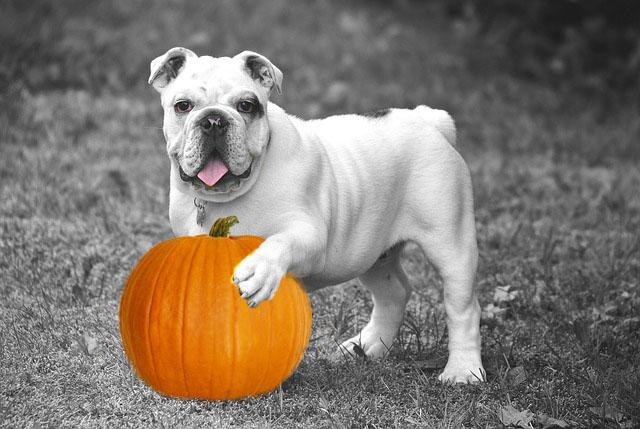The Role of Fiber in Your Pet’s Diet: Debunking the Myths of Pumpkin
Many pet owners and veterinarians have turned to pumpkin as a natural solution for increasing dietary fiber in dogs and cats. While pumpkin is often recommended for its fiber content, it is crucial to understand its effectiveness and to explore healthier options for your furry companions.
Why Fiber Matters for Pets
Contrary to common belief, dogs and cats do not necessarily require fiber in their diets; however, it can be beneficial for managing specific health issues, including:
- Diarrhea
- Constipation
- Diabetes
- Elevated fat levels in the blood
While pumpkin is widely viewed as a fiber booster, consultation with a veterinarian is essential to determine its suitability for your pet’s unique needs.
How Much Pumpkin is Enough?
Pet owners frequently administer pumpkin in various amounts to aid in fiber intake, ranging from ¼ teaspoon to 2 tablespoons per meal. Nevertheless, research suggests that these amounts may be insufficient or even counterproductive. To achieve fiber levels found in high-fiber therapeutic diets, a cat would require more than 2 ½ cups and a medium-sized dog nearly 12 cups of pumpkin daily.
The Fiber Debate: Types of Fiber
Understanding the differences between types of dietary fiber is vital. There are two main types:
- Soluble Fiber: Dissolves in water and can be beneficial for controlling blood sugar and cholesterol levels.
- Insoluble Fiber: Does not dissolve; it aids in digestion and helps prevent constipation.
While pumpkin provides a mixture of both soluble and insoluble fibers, it is inadequate for many pets’ fiber requirements because the types and amounts vary widely between different foods.
Understanding Pet Food Labels
It’s essential to know that pet food labels often display “crude fiber,” which refers solely to insoluble fiber. This measurement can be misleading. The total dietary fiber, which should ideally be considered, may be much more abundant than indicated, particularly in foods containing significant soluble fiber.
Potential Risks of Including Pumpkin
Before adding pumpkin to your pet’s diet, consider potential health risks:
- Caloric Content: Canned pumpkin contains about 83 calories per cup, while pumpkin pie mix can reach up to 281 calories per cup due to added sugars, leading to weight gain.
- Sodium Levels: Some pumpkin products may have high sodium levels; canned varieties with salt can contain nearly 600 milligrams per cup, posing risks for pets with heart or kidney disease.
- Nutrient Absorption: Adding excessive fiber could negatively impact the absorption of proteins and other essential nutrients.
Safer Fiber Alternatives for Pets
For effective fiber incorporation into your pet’s diet, consult your veterinarian. Possible alternatives include:
- Prescribed therapeutic diets designed for specific health needs, featuring targeted fiber types.
- High-quality fiber supplements, such as purified cellulose, wheat bran (for insoluble fiber), or human fiber supplements like inulin and psyllium (for soluble and mixed fibers).
Conclusion
When considering dietary changes for your pet, especially concerning fiber intake, collaboration with a veterinarian or a board-certified veterinary nutritionist is vital. They can guide you accordingly to ensure your pet’s dietary needs are met safely and effectively.
For more insights on pet nutrition strategies, stay connected with us.











